- Home
- Safety
- Protective Clothing
- Arc Flash Flame Resistant Protective Clothing
.....Read More

Arc Flash & Flame-Resistant Balaclavas, Hats, Hard Hat Liners & Neck Gaiters
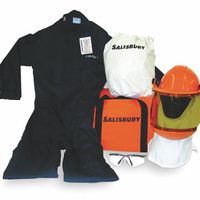
Arc Flash & Flame-Resistant Clothing Kits
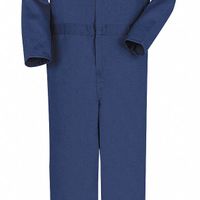
Arc Flash & Flame-Resistant Coveralls

Arc Flash & Flame-Resistant Face Shields & Hoods
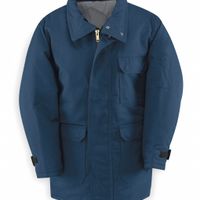
Arc Flash & Flame-Resistant Jackets & Coats
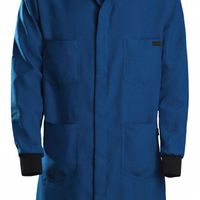
Arc Flash & Flame-Resistant Lab Coats

Arc Flash & Flame-Resistant Overalls
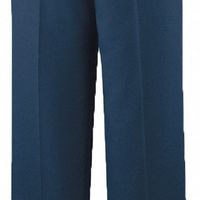
Arc Flash & Flame-Resistant Pants
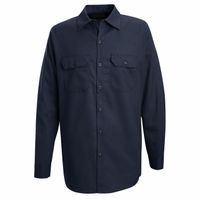
Arc Flash & Flame-Resistant Shirts

Arc Flash & Flame-Resistant Sweatshirts & Hoodies
Frequently Asked Questions
What is arc flash clothing?
How does flame-resistant clothing work?
What is the difference between flame-resistant and arc flash clothing?
What are the NFPA 70E standards?
How do I choose the right arc flash clothing?
How long does flame-resistant clothing last?
Can flame-resistant clothing be washed at home?